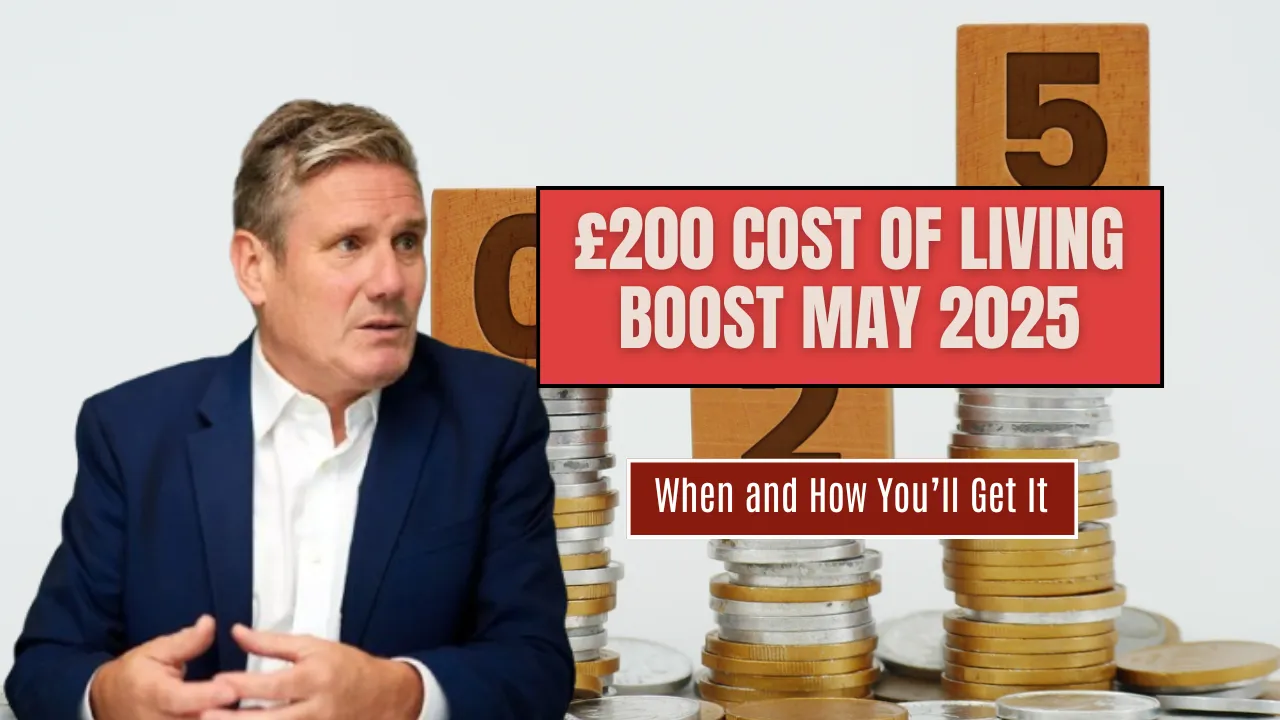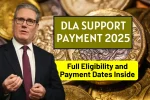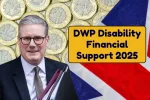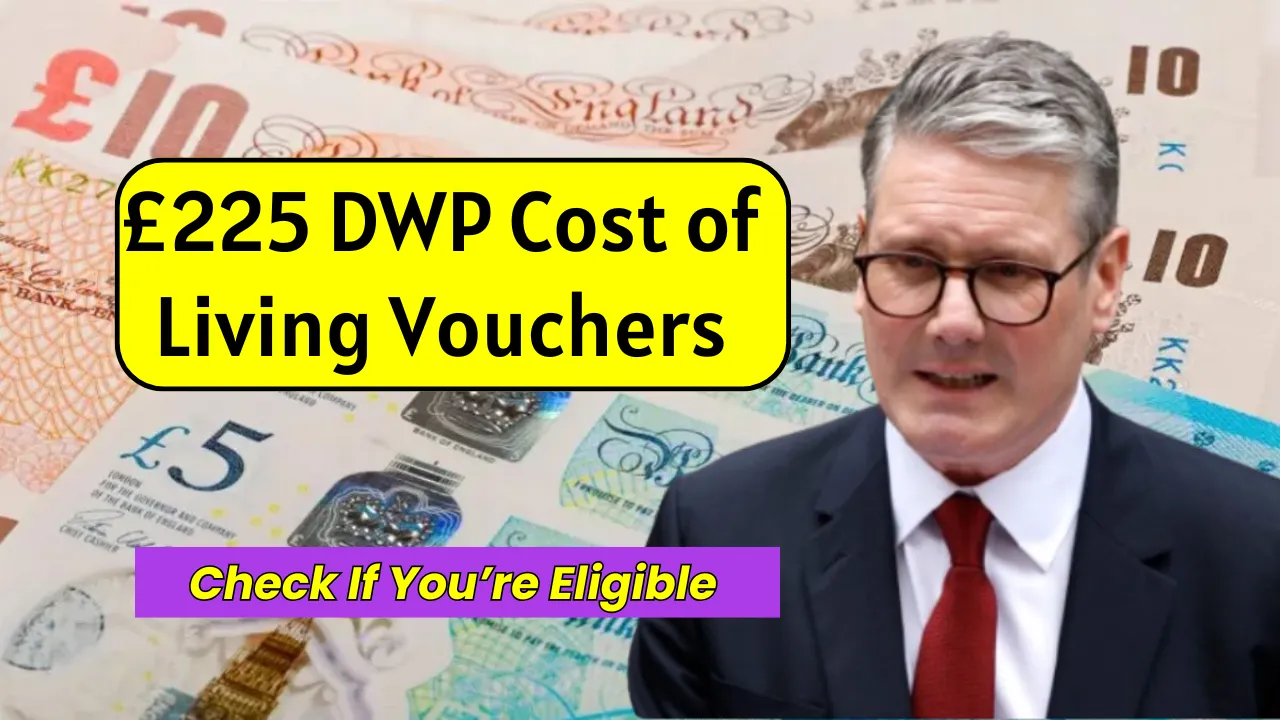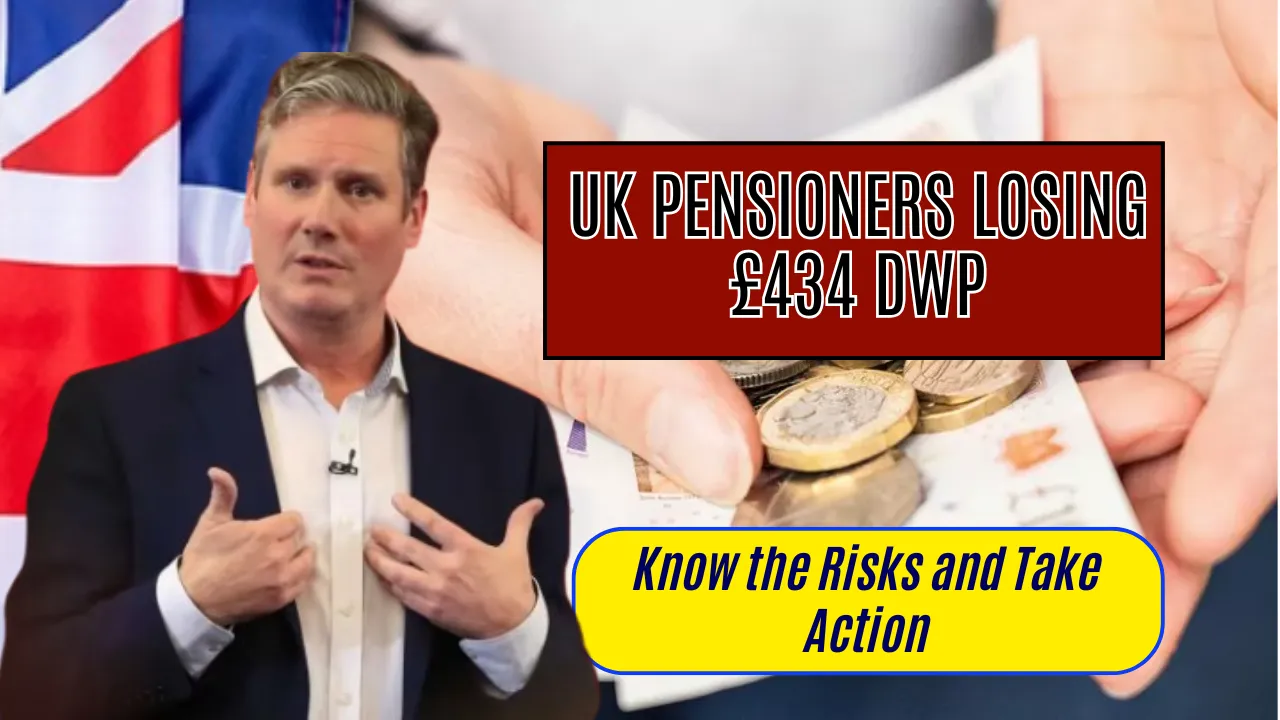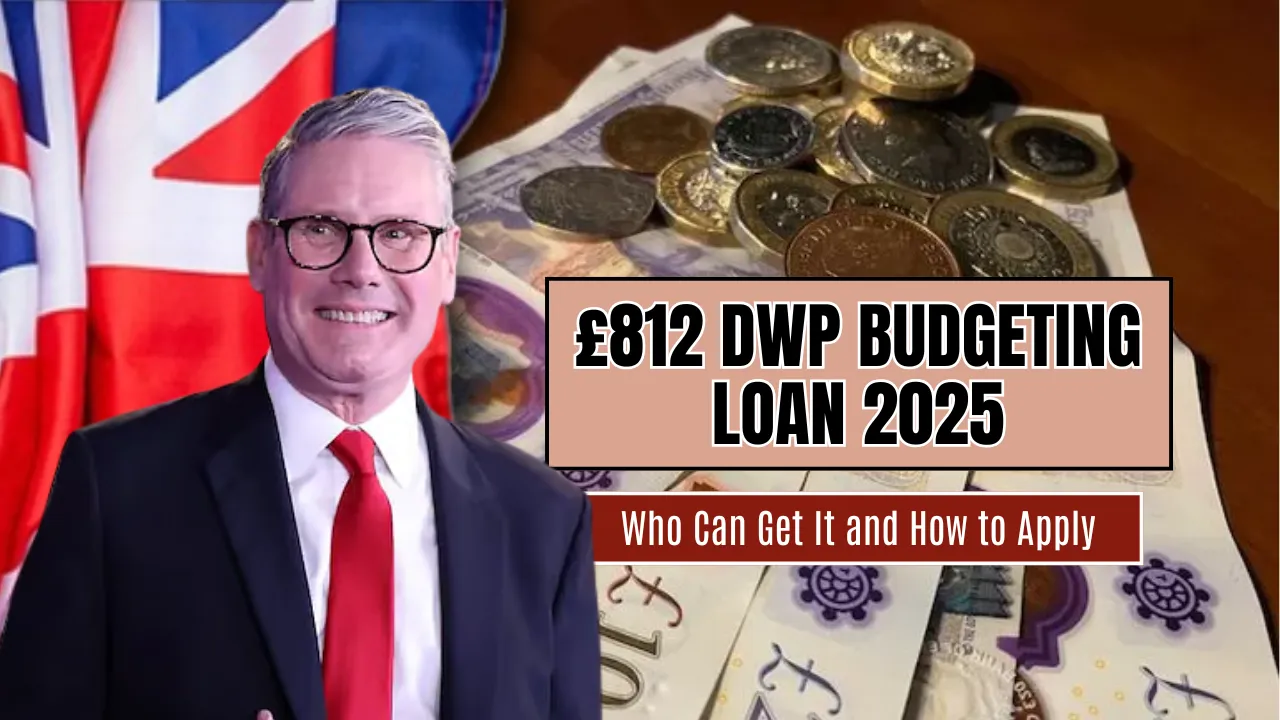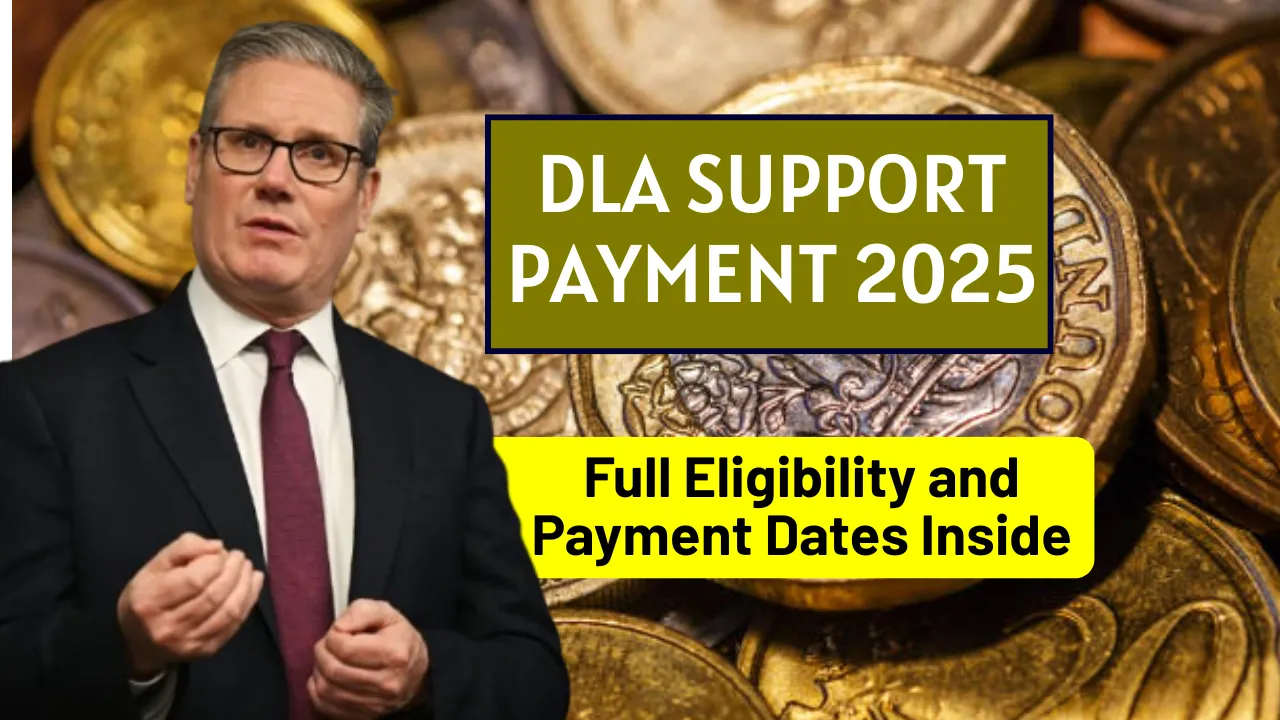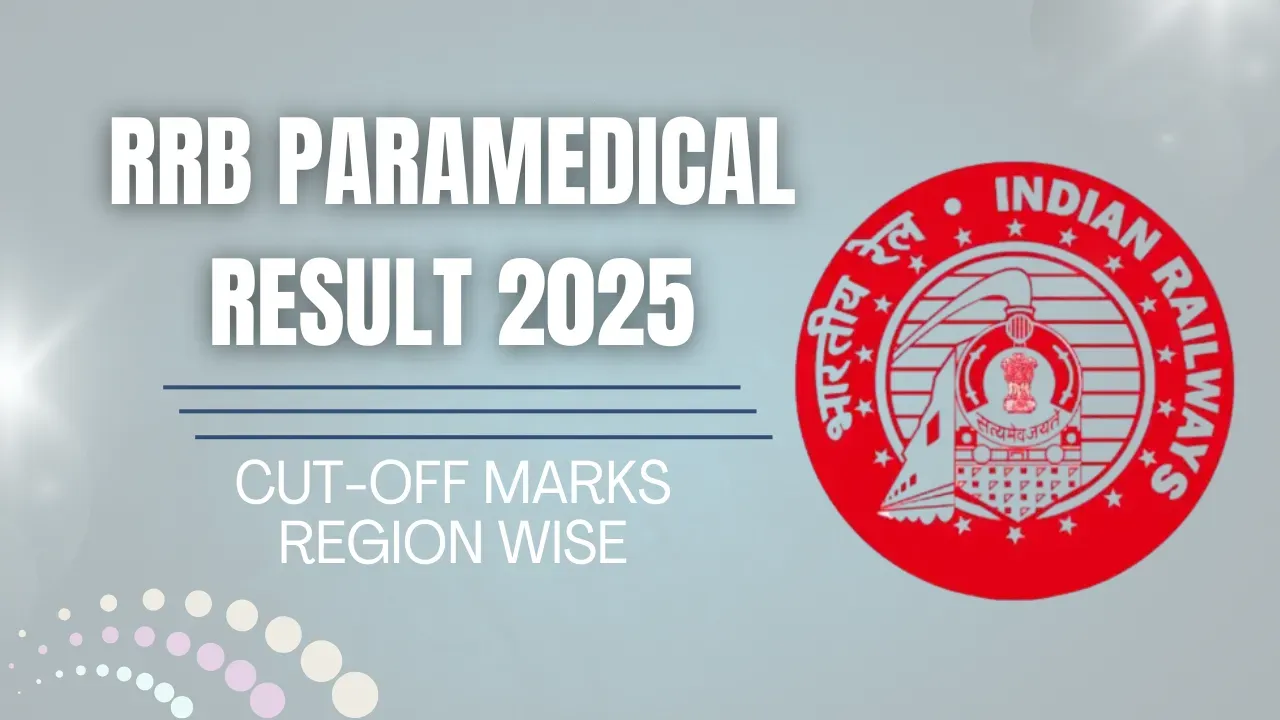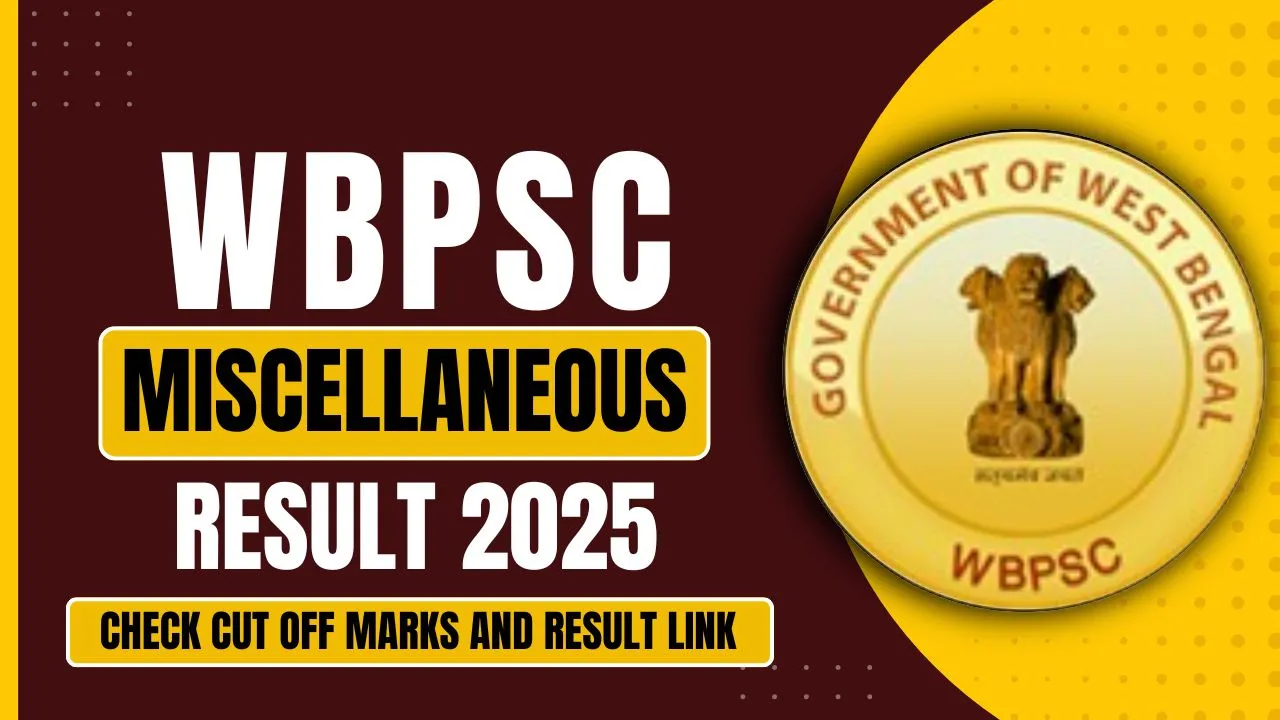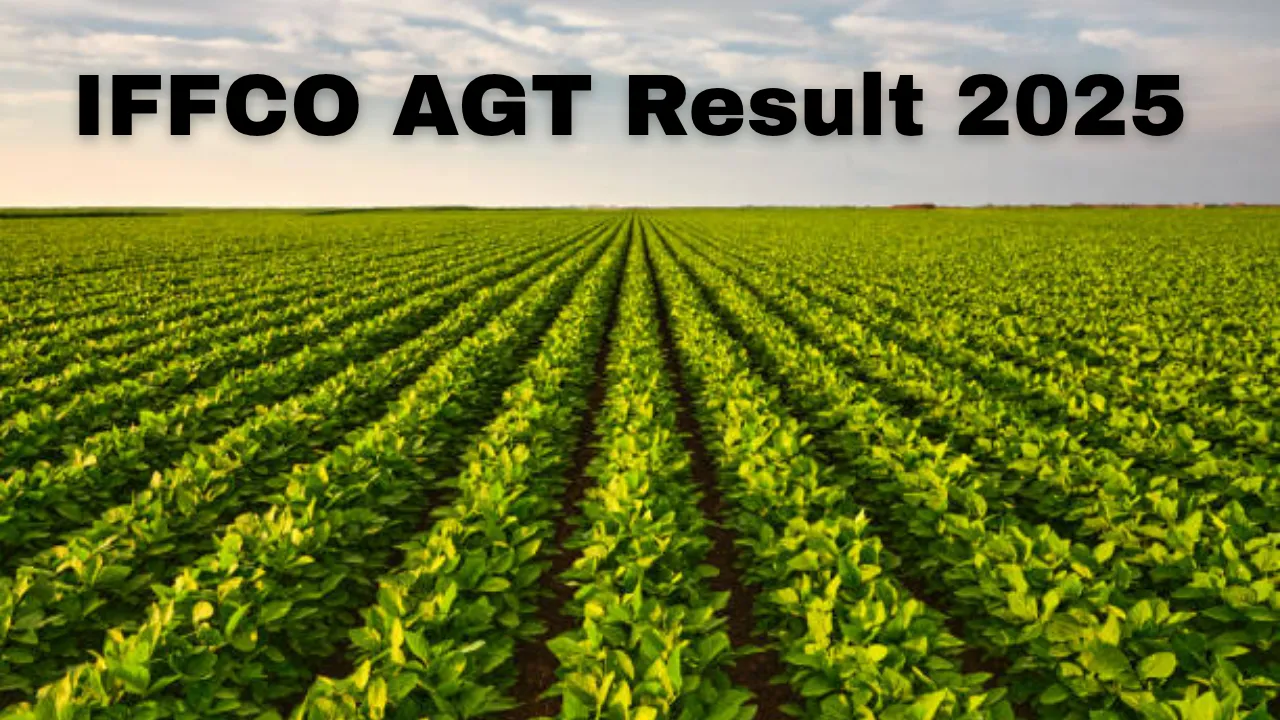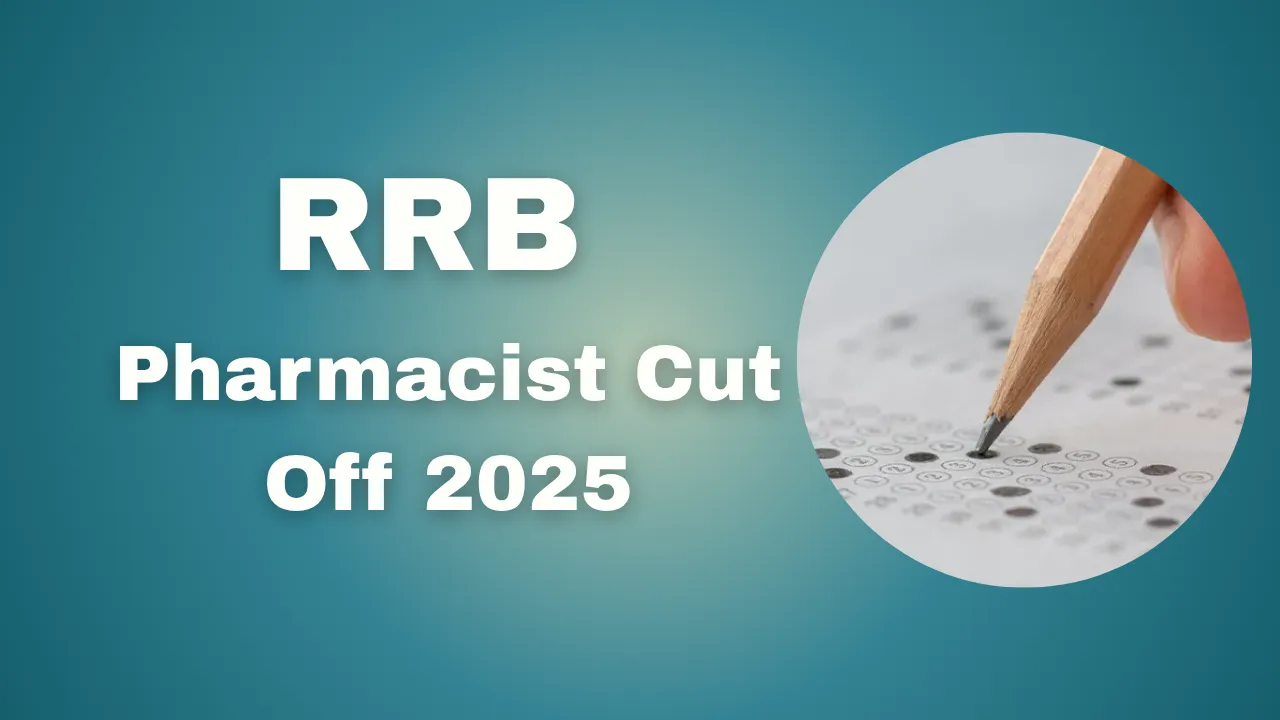£200 Cost of Living Boost May 2025: With the ongoing rise in food, energy, and housing costs, many households across the UK are under financial stress. To help ease this burden, the UK government has introduced a £200 cost of living boost available from May 2025. This one-time payment aims to support the most vulnerable groups—including low-income families, pensioners, and disabled individuals—by helping them manage essential expenses during these challenging times.
The £200 cost of living boost May 2025 is part of the broader Household Support Fund initiative. Payments will be handled through local councils, and eligible residents must apply to receive the money. Below, we break down who qualifies, how to apply, key timelines, and how this payment can be used to improve your household’s financial stability.
£200 Cost of Living Boost May 2025
The £200 cost of living boost May 2025 is a targeted government scheme providing direct support to low-income individuals and families struggling with inflation and rising household expenses. Administered through local councils, the fund is part of the continued effort to reduce the impact of the cost-of-living crisis in the UK.
Overview Table: £200 Cost of Living Boost May 2025
| Topic | Details |
| Payment Amount | £200 one-off payment |
| Launch Date | Begins May 2025, distribution varies by council |
| Eligibility | Low-income households, pensioners, disabled individuals, and benefit claimants |
| How to Apply | Through your local council website or in-person if available |
| Administration | Managed by local authorities under the Household Support Fund |
| Use of Funds | Food, energy bills, essential household expenses |
What Is the £200 Boost and Who Will Benefit?
The cost of living crisis has severely impacted daily life across the UK. From increased grocery prices to higher gas and electricity bills, many families are struggling to keep up. In response, the government introduced the £200 cost of living boost to help cover essential needs for those hit hardest.
This payment is primarily aimed at:
- Low-income families
- Pensioners on fixed incomes
- People with disabilities facing extra daily costs
- Recipients of benefits like Universal Credit, Income Support, or Housing Benefit
The boost is designed to reduce financial pressure and ensure access to necessities like heating, food, and basic household items.
How the £200 Payment Will Help
The £200 boost offers direct financial assistance to households at risk of falling behind on bills or unable to meet essential costs. Administered under the Household Support Fund (HSF), the goal is to provide timely relief in areas where the impact of inflation is most severe.
In some cases, local councils may offer:
- Food vouchers for use at supermarkets
- Energy bill support through direct credit to utility accounts
- Cash transfers to help with general expenses
The fund offers flexibility so that councils can tailor support based on local needs and priorities.
Key Dates and Timeline
Payments for the £200 cost of living boost begin in May 2025. However, the exact date when residents receive the funds depends on their local authority’s distribution process.
Here are examples of regional timelines:
- Salford City Council: Already started issuing £200 energy payments
- North Somerset Council: Set to release £100 food vouchers by June 2025
Many councils operate on a first-come, first-served basis, meaning early application improves your chances. Be sure to stay updated on your local council’s website or through GOV.UK for announcements and deadlines.
How to Apply for the £200 Boost
Application methods vary slightly by region, but the general process is similar across the UK. Here’s how to apply:
Step 1: Visit Your Council’s Website
Head to your local authority’s official site or use the GOV.UK council finder to get started.
Step 2: Check Eligibility Requirements
Each council will list eligibility criteria. Generally, applicants must be receiving qualifying benefits or demonstrate financial hardship.
Step 3: Complete the Application Form
You may need to submit documents such as:
- Proof of benefit receipt
- Bank details for payment
- Evidence of income or rent costs
Step 4: Wait for Processing
After submission, the council will review your application. If approved, you’ll receive the payment either via bank transfer or voucher—depending on the authority’s distribution method.
Local Authority Involvement: How It Works
Each local council manages its share of the Household Support Fund independently. This means that:
- Application processes may differ
- Support may be given as cash, vouchers, or bill credits
- Some councils prioritize certain groups, such as elderly residents or families with children
Examples include:
- Direct payments into applicants’ bank accounts
- Supermarket vouchers for essential groceries
- Energy bill support, with payments made directly to energy suppliers
To find out exactly what’s available in your area, visit your council’s site or contact them by phone.
Who Is Eligible for the £200 Boost?
Eligibility is based on income level, benefits received, and financial hardship. Typically, the following groups qualify:
- Low-income households
- Pensioners with limited savings or low state pensions
- Disabled individuals dealing with high living or medical costs
- Claimants of Universal Credit, Income Support, or Housing Benefit
Since some councils may have additional requirements or focus areas, always check locally before applying.
Other Support Available
Alongside the £200 boost, several government schemes are still in place for additional help:
- Universal Credit: Monthly income support for low earners or unemployed individuals
- Warm Home Discount: One-time discount on energy bills for qualifying households
- Council Tax Support: Reduces council tax bills for those on low incomes
- Energy Bill Discounts: Temporary support for rising energy costs
Combining these with the £200 payment can significantly reduce overall living expenses for eligible households.
Tips to Maximize Your £200 Payment
Getting a £200 boost is a big help—but using it wisely is key. Here’s how:
- Prioritize essential bills: Use it to cover food, heating, or rent if you’re behind
- Plan your monthly budget: Track where every pound is going to avoid overspending
- Combine with local schemes: Look into food banks, utility support, and council tax discounts
- Avoid scams: Only apply through official council websites or verified GOV.UK links
Impact on Vulnerable Demographics
The cost of living crisis doesn’t affect everyone equally. That’s why the £200 payment is especially helpful for:
- Single-parent families managing childcare and household expenses on one income
- Older residents who rely solely on pensions and struggle with energy bills
- People with disabilities, whose needs often involve extra travel, equipment, or medical costs
Providing direct financial help to these groups helps reduce inequality and supports day-to-day living.
FAQs About the £200 Cost of Living Boost May 2025
1. When will I receive the £200 payment?
Payments begin in May 2025, but the date depends on your local council’s schedule.
2. How do I apply?
Apply through your local council’s website or office. Search online or use the GOV.UK council finder.
3. What if I’m not eligible?
If you don’t qualify, you may still access support through food vouchers or energy help via the Household Support Fund.
4. Can I use the money for anything?
The £200 should be used for essentials—like food, heating, or rent—though spending rules may vary slightly by council.
5. Is the payment automatic?
Some councils issue automatic payments to known benefit recipients, but in most cases, an application is required.
Final Thought
The £200 cost of living boost May 2025 is a timely and essential measure aimed at helping households manage daily expenses during a period of economic strain. If you believe you may be eligible, don’t wait—apply through your local council and make the most of this support. Stay informed, check deadlines, and combine this with other available benefits to protect your financial wellbeing.
